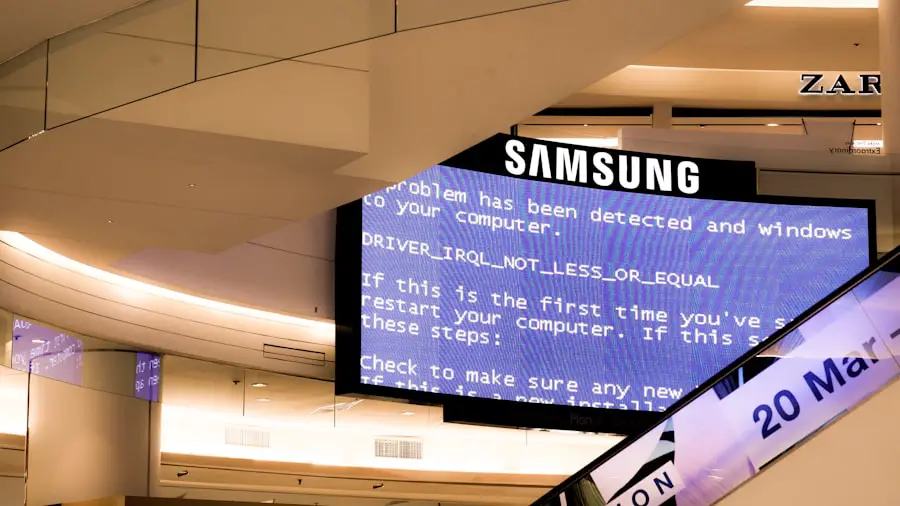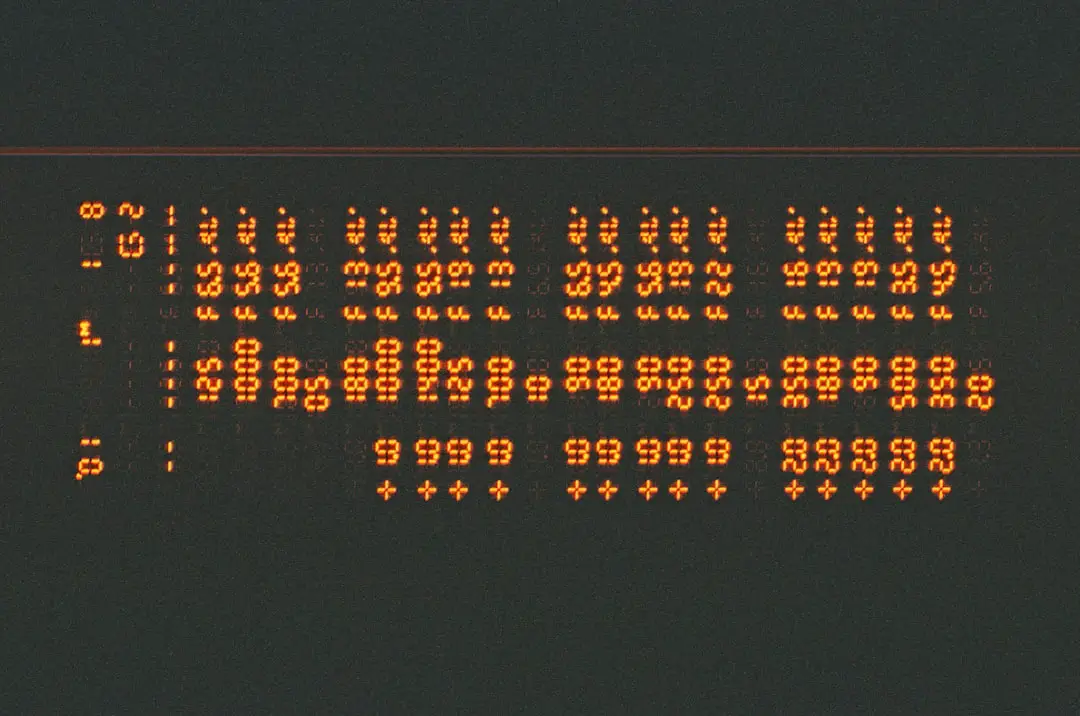Find My iPhone is a powerful feature integrated into Apple’s ecosystem, designed to help users locate their lost or stolen devices. Launched in 2010 as part of the iCloud service, this tool has evolved significantly over the years, becoming an essential component for iPhone users who prioritize security and device management. The functionality extends beyond just locating a device; it also allows users to remotely lock their iPhones, display a message on the screen, and even erase all data if necessary.
This multi-faceted approach to device security has made Find My iPhone a cornerstone of Apple’s commitment to user safety and privacy. The service operates through a combination of GPS, Wi-Fi, and cellular data, enabling users to pinpoint their device’s location on a map. This capability is particularly useful in urban environments where the chances of misplacing a phone are higher.
Additionally, Find My iPhone is not limited to just iPhones; it can also track other Apple devices such as iPads, Macs, and even Apple Watches. The seamless integration across devices ensures that users can maintain control over their Apple ecosystem, making it easier to recover lost items or secure them in case of theft.
Key Takeaways
- Find My iPhone is a valuable tool for locating lost or stolen Apple devices.
- Users can check if Find My iPhone is down by visiting the Apple System Status page.
- Common issues with Find My iPhone include inaccurate location tracking and device not showing up on the map.
- Troubleshooting steps for Find My iPhone include checking internet connection, enabling location services, and signing in with the correct Apple ID.
- Alternatives to Find My iPhone include third-party apps like Prey and Cerberus.
- Recent updates on Find My iPhone status can be found on the Apple System Status page.
- Tips for protecting your iPhone without Find My iPhone include setting a strong passcode, enabling two-factor authentication, and using a secure lock screen.
- In conclusion, Find My iPhone is a useful tool for locating lost or stolen devices, but it’s important to have alternative security measures in place.
How to Check if Find My iPhone is Down
Determining whether Find My iPhone is experiencing downtime can be crucial for users who rely on this service for their device’s security. One of the first steps in checking the status of Find My iPhone is to visit Apple’s System Status page. This page provides real-time updates on the operational status of various Apple services, including Find My iPhone.
If the service is down, it will be indicated with a red dot next to its name, alerting users that they may experience issues with locating their devices. In addition to checking Apple’s official status page, users can also look for reports from other users experiencing similar issues. Social media platforms and tech forums often serve as valuable resources for real-time feedback on service outages.
Websites like DownDetector aggregate user reports and provide insights into whether the problem is widespread or isolated. If multiple users report difficulties with Find My iPhone, it is likely that the service is experiencing temporary disruptions. Understanding these factors can help users determine whether the issue lies with their device or with Apple’s servers.
Common Issues with Find My iPhone

Despite its robust functionality, Find My iPhone is not immune to issues that can hinder its performance. One common problem is the inability to locate a device due to poor GPS signal or lack of internet connectivity. In urban areas with tall buildings or in rural locations with limited cellular coverage, the accuracy of location tracking can be compromised.
Users may find that their device appears offline or shows an inaccurate location, leading to frustration when trying to recover a lost phone. Another frequent issue arises from user settings. If Find My iPhone is not enabled on the device prior to it being lost, the feature will be ineffective.
Users sometimes overlook this setting during initial setup or after performing a factory reset. Additionally, if a user has recently changed their Apple ID password or has not updated their device software, it may lead to complications in accessing Find My iPhone. These scenarios highlight the importance of regularly checking settings and ensuring that all software updates are applied promptly.
Steps to Troubleshoot Find My iPhone
| Steps | Description |
|---|---|
| 1 | Ensure Find My iPhone is enabled on the device |
| 2 | Check if the device is connected to the internet |
| 3 | Use another iOS device or computer to locate the missing device |
| 4 | Play a sound, enable Lost Mode, or erase the device remotely if necessary |
| 5 | Contact local authorities if the device is stolen |
When encountering issues with Find My iPhone, there are several troubleshooting steps that users can take to resolve the problem effectively. First and foremost, verifying that the feature is enabled on the device is essential. Users can do this by navigating to Settings > [Your Name] > iCloud > Find My iPhone and ensuring that the toggle is switched on.
If it is already enabled, toggling it off and then back on can sometimes refresh the connection and resolve minor glitches. If enabling Find My iPhone does not solve the issue, checking for software updates is the next logical step. Apple frequently releases updates that address bugs and improve functionality.
Users should go to Settings > General > Software Update to see if any updates are available for their device. Installing the latest version of iOS can often rectify problems related to app performance and connectivity issues. Additionally, restarting the device can clear temporary files and refresh system processes, which may also help restore functionality.
Alternatives to Find My iPhone
While Find My iPhone is a robust tool for locating lost devices, there are alternative solutions available for users who may seek additional options or who do not own Apple products. One popular alternative is Google’s Find My Device service, which offers similar functionality for Android users. This service allows users to locate their Android devices on a map, ring them, lock them remotely, and erase data if necessary.
The integration with Google accounts makes it easy for users to access this feature from any web browser. Another alternative is third-party applications designed for device tracking and security. Apps like Prey Anti Theft and Lookout provide comprehensive tracking features that extend beyond just locating a lost phone.
These applications often include additional functionalities such as remote camera access, SIM card change notifications, and even data backup options. While these alternatives may not offer the same level of integration as Apple’s native solution, they can serve as valuable tools for users looking for enhanced security measures.
Recent Updates on Find My iPhone Status

As technology evolves, so too does Apple’s approach to device tracking and security features like Find My iPhone. Recent updates have introduced enhancements aimed at improving user experience and expanding functionality. For instance, Apple has integrated features that allow users to locate devices even when they are offline or powered off.
This capability relies on a network of other Apple devices that can detect nearby lost devices and relay their location back to the owner securely and anonymously. Moreover, Apple has introduced features such as “Find My network,” which utilizes Bluetooth technology to help locate devices that are out of range of Wi-Fi or cellular networks. This innovation significantly increases the chances of recovering lost devices in crowded areas or when they are misplaced in hard-to-reach locations.
These advancements reflect Apple’s commitment to enhancing user security while maintaining privacy standards, ensuring that users have access to reliable tools for protecting their devices.
Tips for Protecting Your iPhone Without Find My iPhone
In scenarios where Find My iPhone may not be available or functional, there are several proactive measures users can take to protect their devices from loss or theft. One effective strategy is to enable passcode protection on the device. A strong passcode acts as a first line of defense against unauthorized access and can deter potential thieves from attempting to use or sell a stolen phone.
Additionally, users should consider utilizing biometric security features such as Face ID or Touch ID, which provide an extra layer of protection by requiring physical authentication before granting access to the device. Regularly backing up data through iCloud or other cloud services ensures that important information remains safe even if the device is lost or stolen. By maintaining up-to-date backups, users can easily restore their data on a new device without significant loss.
Another practical tip involves being mindful of where and how devices are stored when not in use. Using secure bags or pouches designed for electronics can help prevent accidental drops or theft in public spaces. Furthermore, being aware of one’s surroundings and avoiding leaving devices unattended in public areas can significantly reduce the risk of loss or theft.
Conclusion and Final Thoughts
Find My iPhone remains an indispensable tool for Apple users seeking peace of mind regarding their device’s security. While it offers robust features for locating lost devices and protecting personal information, understanding its limitations and potential issues is equally important. By staying informed about troubleshooting steps and alternative solutions, users can navigate challenges effectively when they arise.
As technology continues to advance, so too will the features associated with Find My iPhone and similar services across different platforms. Users should remain proactive in securing their devices through various means while also keeping abreast of updates that enhance functionality and security measures. Ultimately, a combination of vigilance, technological tools, and best practices will ensure that users can protect their devices effectively in an increasingly connected world.
If you are experiencing issues with Find My iPhone, you may want to check out the article on getiphoneinfo.com for more information. This website provides helpful tips and resources for troubleshooting common problems with Apple devices. Additionally, you can reach out to their team for assistance by visiting their contact page. Be sure to review their terms and conditions for using their services.
FAQs
What is Find My iPhone?
Find My iPhone is a feature developed by Apple that allows users to locate their lost or stolen iPhone, iPad, Mac, or Apple Watch using another iOS device or computer.
How do I know if Find My iPhone is down?
You can check if Find My iPhone is down by visiting the Apple System Status page or by checking social media platforms for any reported issues.
What should I do if Find My iPhone is down?
If Find My iPhone is down, you can try restarting your device, checking your internet connection, or waiting for Apple to resolve the issue. If the problem persists, you can contact Apple Support for further assistance.
Can I still use other features of my iPhone if Find My iPhone is down?
Yes, you can still use other features of your iPhone even if Find My iPhone is down. However, you will not be able to locate your device using the Find My iPhone feature until the issue is resolved.










